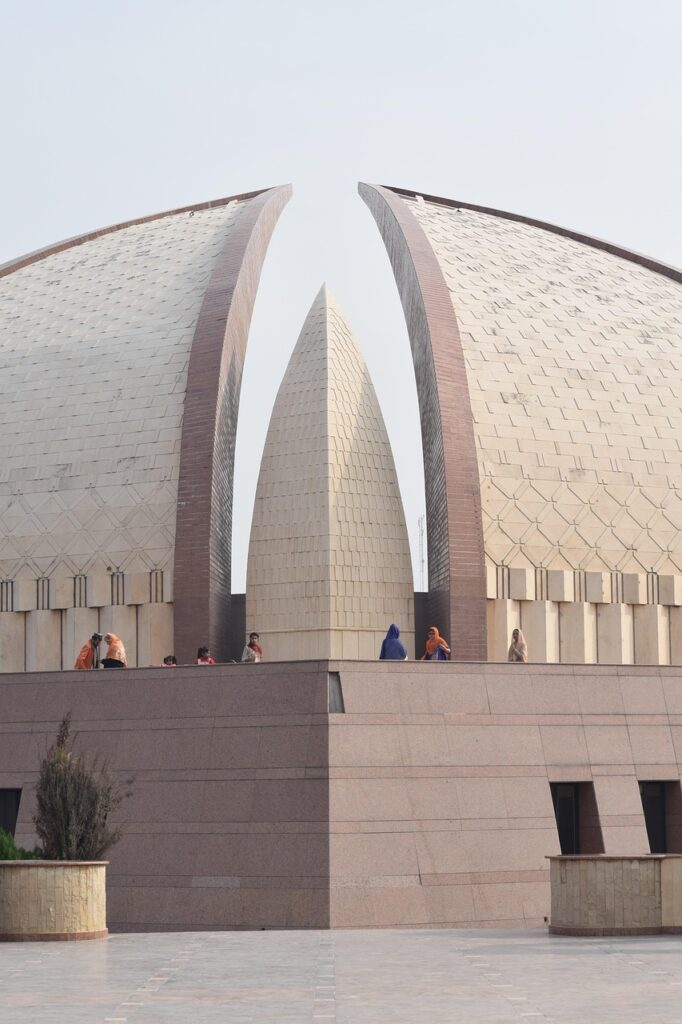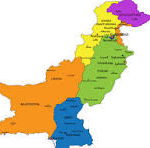Islamabad, the capital city of Pakistan, has a structured postal code system to facilitate efficient mail delivery and address identification. The primary ZIP (Zone Improvement Plan) code for Islamabad is 44000https://pakzipcode.com/.

This code covers the central area of the city, including major sectors such as G-5, F-6, F-7, and surrounding administrative zones. However, Islamabad is divided into several sectors and regions, each with its own unique postal code. For instance, areas like G-10, I-8, and Bahria Town (Islamabad) have different codes to help organize the postal system more effectively.
The ZIP code system in Islamabad plays an important role in ensuring accurate mail delivery, identifying locations for online services, and supporting emergency and governmental operations.
https://pakzipcode.com/pakistan-zip-codes-locate-your-local-area-code/Whether you\’re sending a letter, registering for an online service, or locating a specific area in the city, knowing the correct ZIP code—especially 44000 for central Islamabad—is essential
Islamabad ZIP Code and Sector-wise Postal Codes
Islamabad, the capital city of Pakistan, uses a well-organized postal (ZIP) code system to streamline mail delivery and identify specific locations across the city. The main ZIP code for central Islamabad is 44000, but each sector and housing area has its own unique postal code.

Below is a list of ZIP codes for some popular sectors and areas in Islamabad:
Islamabad Sector-wise ZIP Codes
- G-5 – 44000
- G-6 – 44010
- G-7 – 44020
- G-8 – 44030
- G-9 – 44040
- G-10 – 44050
- G-11 – 44060
- G-12 – 44070
- F-5 – 44080
- F-6 – 44090
- F-7 – 44100
- F-8 – 44110
- F-9 – 44120
- F-10 – 44130
- F-11 – 44140
- F-12 – 44150
- H-8 – 44160
- H-9 – 44170
- I-8 – 44790
- I-9 – 44800
- I-10 – 44810
- I-11 – 44820

Other Areas in Islamabad
- Blue Area – 44000
- Bahria Town (Islamabad Zone) – 46220
- DHA Islamabad (Phase 1–2) – 45710
- PWD Housing Society – 45700
- Tarnol – 44200
- Golra – 45200
- Rawal Town – 45500
These ZIP codes are essential for mailing purposes, online services, and logistics. Whether you’re sending a package or registering an address for a delivery, using the correct postal code helps ensure timely and accurate servies https://pakzipcode.com/
Islamabad Sector Details – A Comprehensive Overview
Islamabad is meticulously planned and divided into various sectors by the Capital Development Authority (CDA). These sectors are categorized mainly into residential, commercial, diplomatic, and industrial zones. The city is laid out in a grid system, making navigation and planning efficient.

1. Structure of Islamabad’s Sectors
Islamabad is divided into a grid of sectors, each labeled with a combination of letters and numbers, such as F-6, G-10, H-8, etc. Each sector typically covers an area of 2 km x 2 km and is further divided into sub-sectors (e.g., G-11/1, G-11/2, etc.).
Sector Categories:
- F and E Sectors – High-end residential and commercial zones.
- G and H Sectors – Middle-income and institutional areas.
- I Sectors – More affordable housing and some industrial zones.
- D Sectors – Located on the foothills of Margalla, less densely populated.
- Diplomatic Enclave – Reserved for embassies and foreign missions.

2. Key Sectors of Islamabad
F-Series (F-5 to F-11)
These are some of the most posh and well-developed sectors, close to the Margalla Hills.
- F-6: One of the oldest sectors, known for its green belts, embassies, and upscale markets like Super Market.
- F-7: Popular for Jinnah Super Market, elite schools, and large plots.
- F-8: Houses Islamabad’s main judicial complex and high-end residences.
- F-10 & F-11: Modern residential hubs with plazas, schools, and parks.
G-Series (G-5 to G-15)
More diverse in terms of housing, commercial centers, and government offices.
- G-5: Location of the Serena Hotel, Constitution Avenue, and government buildings.
- G-6: Includes Melody Market and various government quarters.
- G-9 to G-11: Popular middle-income neighborhoods with vibrant shopping plazas.
- G-13 & G-14: Newer sectors, under development by FGEHA (Federal Government Employees Housing Authority).
H-Series (H-8 to H-12)
Primarily educational and institutional.
- H-8: Known for Allama Iqbal Open University, and medical institutions.
- H-9: Location of International Islamic University, sports complex.
- H-11: Hosts NUST (National University of Sciences and Technology).
- H-12: Part of NUST’s extended campus.
I-Series (I-8 to I-16)
Mix of residential and industrial areas; some are still developing.
- I-8: High-demand residential and commercial area.
- I-9 & I-10: Mostly industrial zones and warehouses.
- I-11 to I-16: Low to middle-income residential schemes, many developed by CDA and private developers.
3. Special Zones
Blue Area
- Islamabad’s main commercial hub, extending along Jinnah Avenue.
- Hosts corporate offices, banks, media houses, and shopping plazas.
Diplomatic Enclave (G-5 and adjacent areas)
- Houses embassies and consulates.
- High security and limited access for general public.
D-Series
- Less populated due to terrain.
- D-12 is gaining popularity for its scenic location near Margalla Hills.
4. CDA Sector Development Model
- Islamabad’s development is overseen by the Capital Development Authority (CDA).
- CDA allocates land, provides infrastructure (roads, water, electricity), and ensures zoning regulations are met.
- New sectors are added progressively, usually starting from I-14 to I-16, D-12, G-13 & G-14, etc.
5. Future Expansion
Islamabad is expanding rapidly, especially towards Zone II, IV, and V. These areas include housing societies like:
- Bahria Town
- DHA Islamabad
- Gulberg Islamabad
- Multi Gardens (B-17)
Though technically outside CDA sectors, these are integrated into the urban fabric of Islamabad.
Conclusion
Islamabad’s sector-based planning offers a blend of functionality, beauty, and modernity. From the elite F-series to the institutional H-series, and from affordable I-sectors to commercial hubs like Blue Area, each part of the city serves a distinct purpose. With continued expansion and infrastructure development, Islamabad remains one of the most livable and organized cities in Pakistanhttps://7t1.site/

